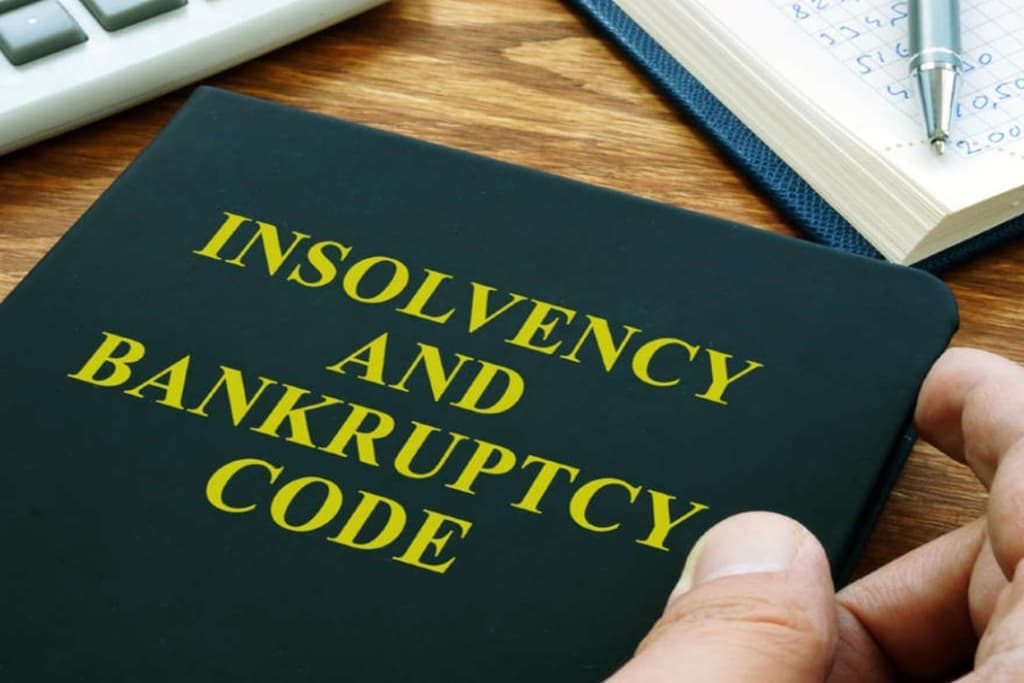
Under Insolvency And Bankruptcy Code
The Insolvency and Bankruptcy Code 2016 was enacted by an act of Parliament. It received Presidential approval in May 2016. The regulation was necessary due to a large accumulation of non-performing bank loans and delays in debt resolution. Insolvency resolution in India takes 4.3 years on average, compared to 1 year in the United Kingdom and 1.5 years in the United States of America, which is hoped to be lowered in addition to facilitating the settlement of large-ticket loan accounts.
1,373 Total Views
Our Process
Under in solvency and bankruptcy code 2016
In a rising economy like India, a healthy credit flow and the development of fresh capital are critical, and when a corporation or business becomes insolvent or “sick,” it begins to default on its obligations. To avoid credit becoming stuck in the system or turning into bad loans, banks or creditors must be able to recover as much as possible from the defaulter as soon as possible.
If the company is still viable, it can be restarted with new owners, or its assets can be liquidated or sold off in a timely way. This allows new credit to enter the system while reducing asset value deterioration.
- Make your balance sheet.
- Consult with a lawyer.
- Filing a bankruptcy petition.
The primary goal of the IBC is to assist distressed corporate debtors. The Code requires an insolvency resolution process, including any litigation, to be completed within 330 days.
